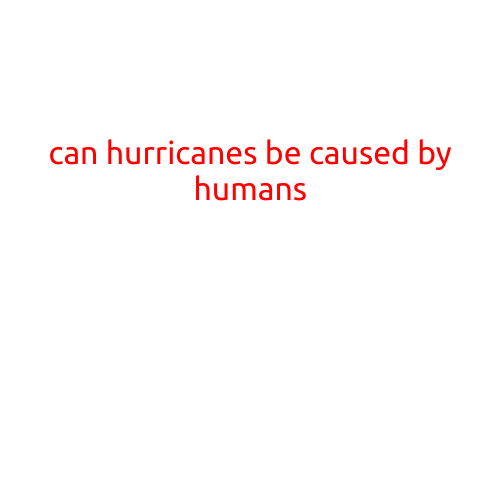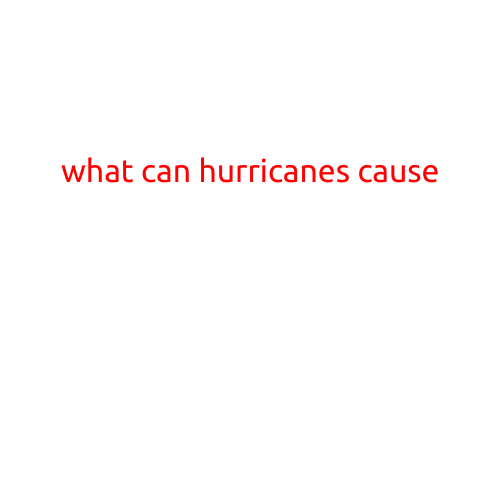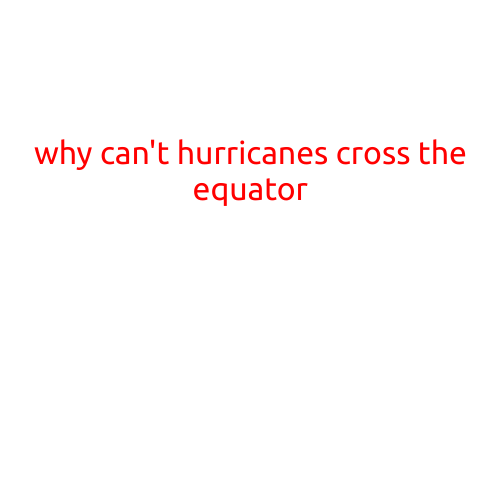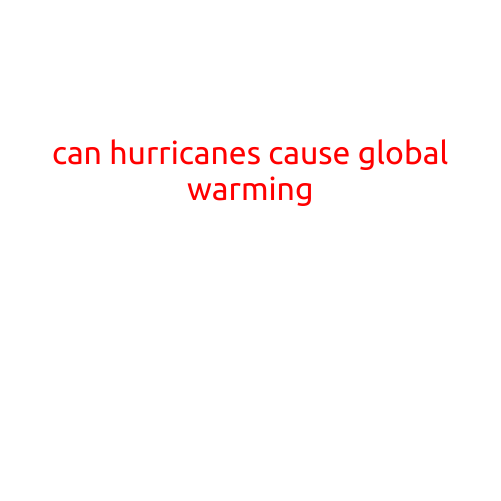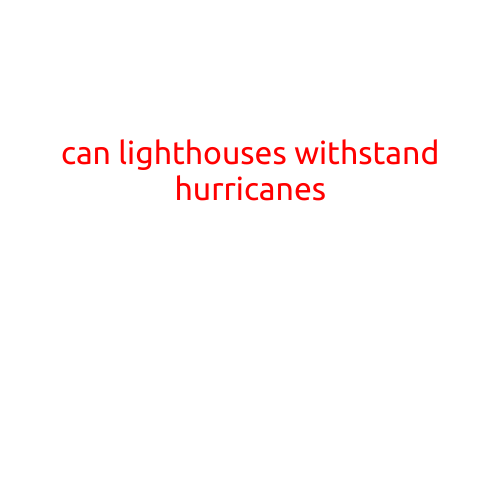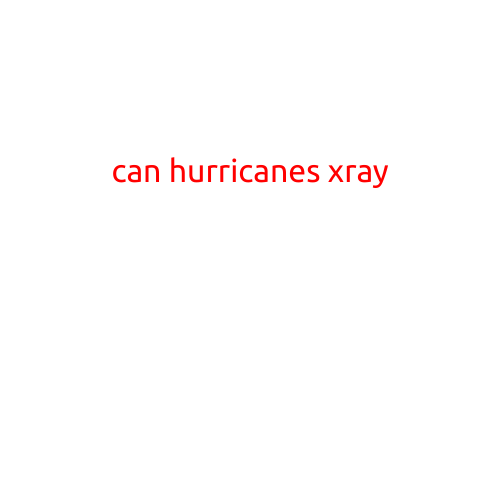
Can Hurricanes “X-Ray”?
Hurricanes, also known as tropical cyclones, are powerful storm systems that form over the ocean and cause significant damage to coastal communities. While hurricanes are incredibly destructive, they are also fascinating phenomena that continue to captivate the attention of scientists and the general public alike.
One of the most intriguing aspects of hurricanes is their ability to manipulate the atmosphere and surrounding environment. But can hurricanes actually “x-ray” or see through obstacles in their path? The answer is no, but hurricanes can indirectly perceive their surroundings through various mechanisms.
How Hurricanes Perceive Their Environment
Hurricanes are complex systems that rely on a combination of atmospheric and oceanic conditions to develop and maintain their structure. As they move over the ocean, they can indirectly perceive their surroundings through a variety of methods:
- Radar and Radio Signals: Hurricanes can disrupt and reflect radar and radio signals, allowing scientists to track their position, size, and intensity. By analyzing these signals, researchers can gain valuable insights into the storm’s behavior and predict its impact on land.
- Satellite Imagery: Satellites in orbit around the Earth can capture images of hurricanes from space, providing scientists with visual information about the storm’s size, shape, and intensity. By analyzing these images, researchers can track the storm’s movement and predict its impact on land.
- Dropsondes: Dropsondes are instruments that scientists deploy into the storm to gather data on atmospheric conditions. By retrieving data from these instruments, researchers can gain valuable insights into the storm’s internal structure and behavior.
- Surface Observations: By analyzing data from buoys, ships, and coastal weather stations, researchers can gain valuable insights into the storm’s impact on the surrounding environment.
Why Hurricanes Can’t “X-Ray”
While hurricanes can indirectly perceive their surroundings through the methods mentioned above, they are incapable of “x-raying” or imaging objects in their path. Hurricanes are massive storm systems that rely on atmospheric and oceanic conditions to develop and maintain their structure, rather than having a visual system that allows them to see through obstacles.
In reality, the term “x-ray” is a figure of speech that refers to the ability to see through solid objects, not atmospheric systems like hurricanes. Hurricanes are not capable of penetrating solid objects or imaging internal structures, nor do they have the biological or physical mechanisms to do so.
Conclusion
In conclusion, while hurricanes can indirectly perceive their surroundings through various mechanisms, they are incapable of “x-raying” or imaging objects in their path. Hurricanes are powerful storm systems that rely on atmospheric and oceanic conditions to develop and maintain their structure, rather than having a visual system that allows them to see through obstacles. By understanding how hurricanes perceive their environment and tracking their movement, scientists can better predict their impact on coastal communities and ultimately save lives.
